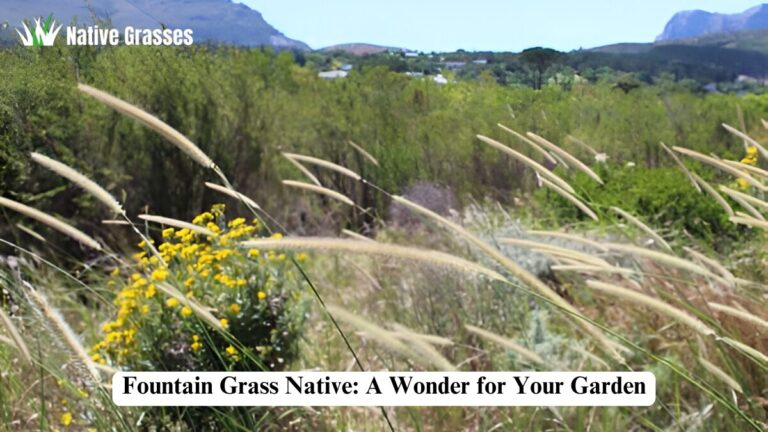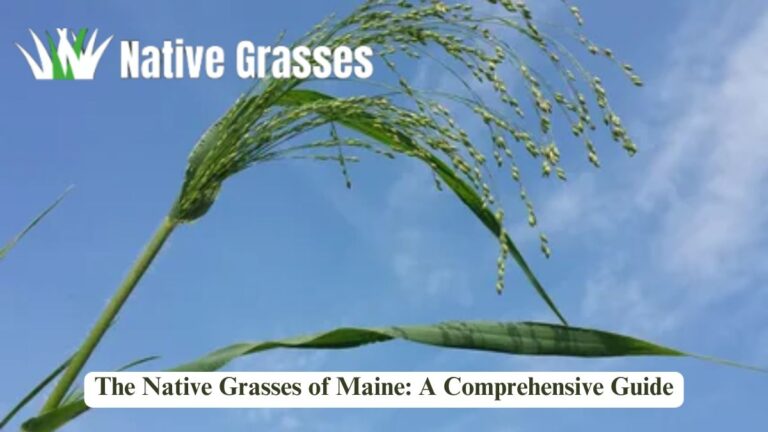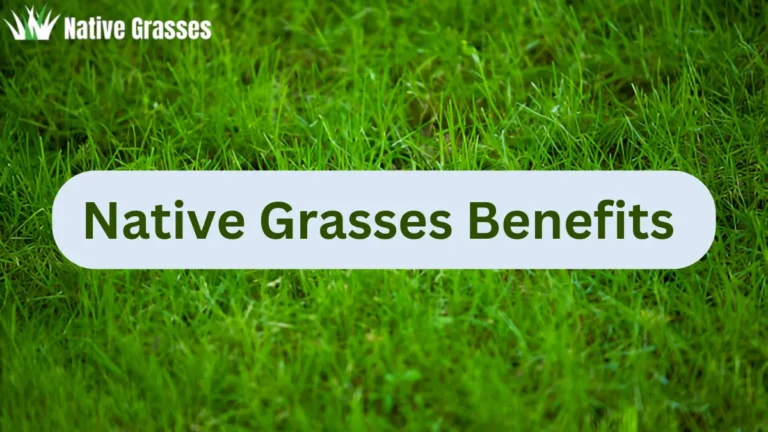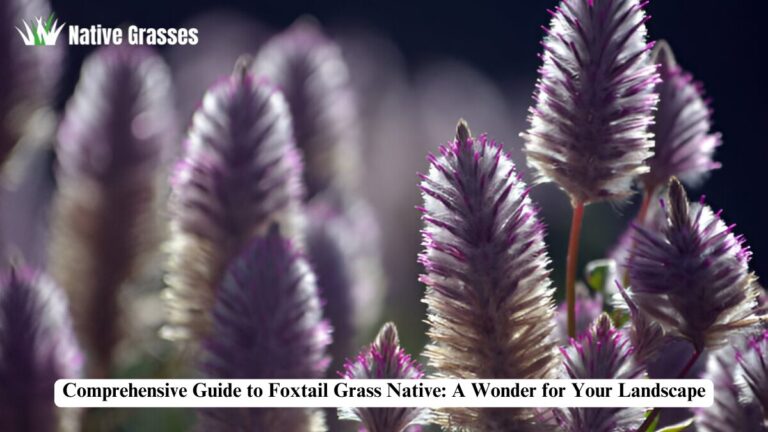Florida Native Ornamental Grasses: A Comprehensive Guide
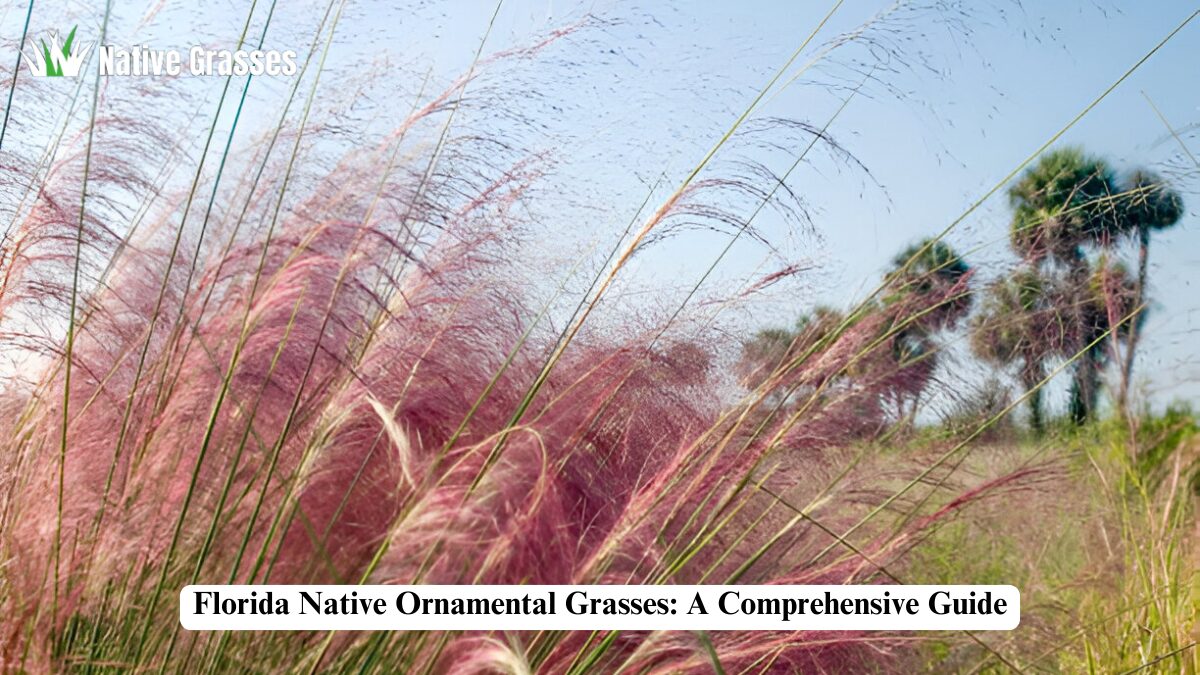
Native ornamental grasses are vital in Florida’s landscapes, providing ecological benefits, aesthetic appeal, and versatility for various uses. From drought resistance to their ability to attract wildlife, Florida’s native ornamental grasses are a sustainable and practical choice for gardeners and landscapers. This guide delves deep into the world of Florida native ornamental grasses, offering insights, tips, and valuable information to help you make informed decisions.
Benefits of Using Florida Native Ornamental Grasses
Native ornamental grasses have several advantages over non-native plants, making them a popular choice among eco-conscious landscapers and gardeners.
Environmental Benefits
- Drought Tolerance: Florida’s climate can be harsh, with extended periods of heat and limited rainfall. Native grasses, such as Muhly Grass and Fakahatchee Grass, are well-adapted to these conditions.
- Erosion Control: Their dense root systems stabilize soil, reducing erosion in sandy or sloped areas.
- Wildlife Habitat: Native grasses provide shelter, nesting sites, and food for various pollinators, birds, and small mammals.
- Low Maintenance: Once established, these grasses require minimal fertilizers, pesticides, and irrigation, making them an eco-friendly option.
Aesthetic Appeal
- Seasonal Interest: Many native grasses produce stunning flowers, seed heads, and vibrant colors throughout the year.
- Textural Variety: Their diverse forms and textures add depth to gardens, from feathery plumes to bold vertical blades.
Economic Benefits
- Cost Savings: Reduced water and maintenance needs lower long-term costs.
- Property Value: Thoughtful landscaping with native plants can increase property value.
Characteristics of Florida Native Ornamental Grasses
Understanding the key traits of these grasses is essential for selecting the right species for your landscape. Here’s a quick overview:
| Characteristic | Description |
| Growth Habit | Clumping, spreading, or upright |
| Height | Ranges from 1 foot to over 8 feet |
| Soil Preferences | Tolerates sandy, loamy, and occasionally clay soils |
| Sunlight Requirements | Full sun to partial shade |
| Bloom Time | Seasonal variations, often late summer to fall |
Popular Florida Native Ornamental Grasses
Below is an in-depth look at some of the most popular native grasses in Florida, highlighting their unique qualities and uses.
Muhly Grass (Muhlenbergia capillaris)
- Description: Known for its airy, pink-to-purple plumes, Muhly Grass creates a striking visual display in the fall.
- Height and Spread: Typically grows 3-4 feet tall and wide.
- Soil and Light Requirements: Thrives in sandy soils and full sun but tolerates partial shade.
- Uses: Ideal for borders, mass plantings, or as a focal point.
- Wildlife Benefits: Attracts pollinators like bees and butterflies.
Fakahatchee Grass (Tripsacum dactyloides)
- Description: A robust, clumping grass with coarse green foliage and tall flower spikes.
- Height and Spread: Reaches up to 5 feet tall and wide.
- Soil and Light Requirements: Prefers moist to wet soils but adapts to drier conditions.
- Uses: Perfect for naturalizing near ponds, lakes, or rain gardens.
- Wildlife Benefits: Provides cover for birds and small animals.
Sand Cordgrass (Spartina bakeri)
- Description: A tall, upright grass with arching green blades and golden seed heads.
- Height and Spread: Grows up to 6 feet tall.
- Soil and Light Requirements: Adapts to wet or dry soils and thrives in full sun.
- Uses: Effective for erosion control along shorelines and slopes.
- Wildlife Benefits: Attracts waterfowl and other wildlife.
Lovegrass (Eragrostis spp.)
- Description: A fine-textured grass with delicate flowers that give a soft, cloud-like effect.
- Height and Spread: Typically grows 2-3 feet tall.
- Soil and Light Requirements: Prefers well-drained soils and full sun.
- Uses: Adds texture to wildflower meadows or rock gardens.
- Wildlife Benefits: Provides seeds for birds and insects.
Landscaping with Florida Native Ornamental Grasses
Design Tips
- Mix and Match: Combine grasses of varying heights, textures, and colors to create visual interest.
- Seasonal Planning: Choose grasses with different bloom times for year-round appeal.
- Focal Points: Use bold grasses like Fakahatchee Grass as centerpieces in garden beds.
- Mass Plantings: Group grasses like Muhly Grass for a dramatic effect.
- Companion Plants: Pair grasses with native wildflowers, shrubs, or perennials for a cohesive look.
Common Landscaping Applications
| Application | Recommended Grasses |
| Erosion Control | Sand Cordgrass, Fakahatchee Grass |
| Rain Gardens | Blue Maidencane, Fakahatchee Grass |
| Wildlife Gardens | Lovegrass, Muhly Grass |
| Urban Landscaping | Dwarf Fakahatchee Grass, Muhly Grass |
| Coastal Areas | Saltmeadow Cordgrass, Sand Cordgrass |
Maintenance and Care
Watering
- Establishment Phase: Water regularly during the first few weeks to help roots establish.
- Mature Plants: Most native grasses require little to no supplemental watering.
Pruning
- Cut back ornamental grasses in late winter or early spring to remove old growth and encourage fresh shoots.
- Avoid cutting too low, as it may damage the crown of the plant.
Fertilization
- Minimal fertilization is required; a light application of a balanced fertilizer in spring is sufficient.
- Over-fertilizing can lead to excessive growth and reduced hardiness.
Pest and Disease Management
- Native grasses are generally pest-resistant.
- Avoid overwatering to prevent fungal issues.
Case Studies: Successful Use of Florida Native Ornamental Grasses
Case Study 1: Restoring a Coastal Dune
- Project: Replanting a degraded coastal dune in Daytona Beach.
- Grasses Used: Sand Cordgrass and Saltmeadow Cordgrass.
- Results: Improved dune stabilization and increased habitat for shorebirds.
Case Study 2: Urban Landscaping in Miami
- Project: Creating a low-maintenance green space for an office complex.
- Grasses Used: Muhly Grass and Dwarf Fakahatchee Grass.
- Results: Reduced irrigation needs by 60% and enhanced curb appeal.
Conclusion
Florida native ornamental grasses are a sustainable and visually striking choice for any landscape. Their adaptability, low maintenance requirements, and ecological benefits make them an invaluable addition to gardens, urban spaces, and natural areas. By incorporating these grasses into your landscape, you’ll create a thriving, eco-friendly environment that supports biodiversity while enhancing the beauty of your outdoor spaces.
Whether you’re designing a garden, restoring a natural area, or planning an urban landscape, native grasses provide endless opportunities to create functional and stunning spaces. Start your journey with Florida’s native ornamental grasses today and experience the difference they can make!
FAQs
What are the best native ornamental grasses for Florida gardens?
Some of the best options include Muhly Grass, Fakahatchee Grass, Sand Cordgrass, and Lovegrass. These grasses thrive in Florida’s climate and offer both aesthetic and ecological benefits.
Are native ornamental grasses low maintenance?
Yes, once established, most native grasses require minimal care. They typically need little watering, no fertilization, and are resistant to pests and diseases.
Can native ornamental grasses prevent soil erosion?
Absolutely. Grasses like Sand Cordgrass and Fakahatchee Grass have dense root systems that help stabilize soil, making them excellent for erosion control.
Do native ornamental grasses attract wildlife?
Yes, these grasses provide habitat and food for various wildlife species, including birds, butterflies, and small mammals.
How do I prune native ornamental grasses?
Prune them back in late winter or early spring to remove dead growth and encourage fresh shoots. Avoid cutting too close to the ground to protect the plant’s crown.
Can native grasses be used in urban landscapes?
Yes, grasses like Dwarf Fakahatchee Grass and Muhly Grass are perfect for urban settings due to their low water needs and striking appearance.
Are Florida native grasses suitable for coastal areas?
Yes, species like Sand Cordgrass and Saltmeadow Cordgrass are well-adapted to coastal conditions and can handle salt spray and sandy soils.
How can I incorporate native grasses into my garden design?
Use them as focal points, mass plantings, or as companions to wildflowers and shrubs. Mixing different heights and textures can create dynamic and visually appealing landscapes.

